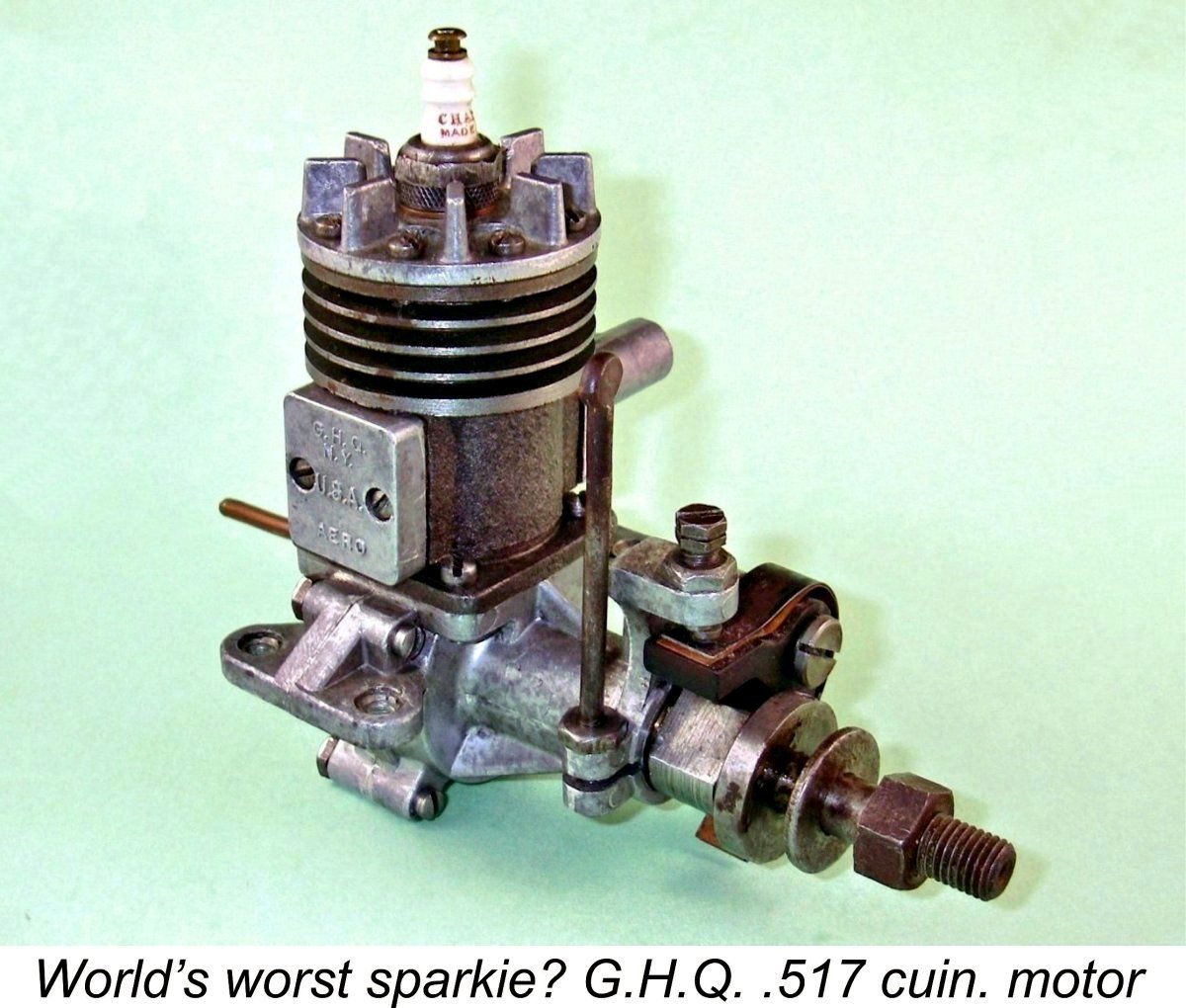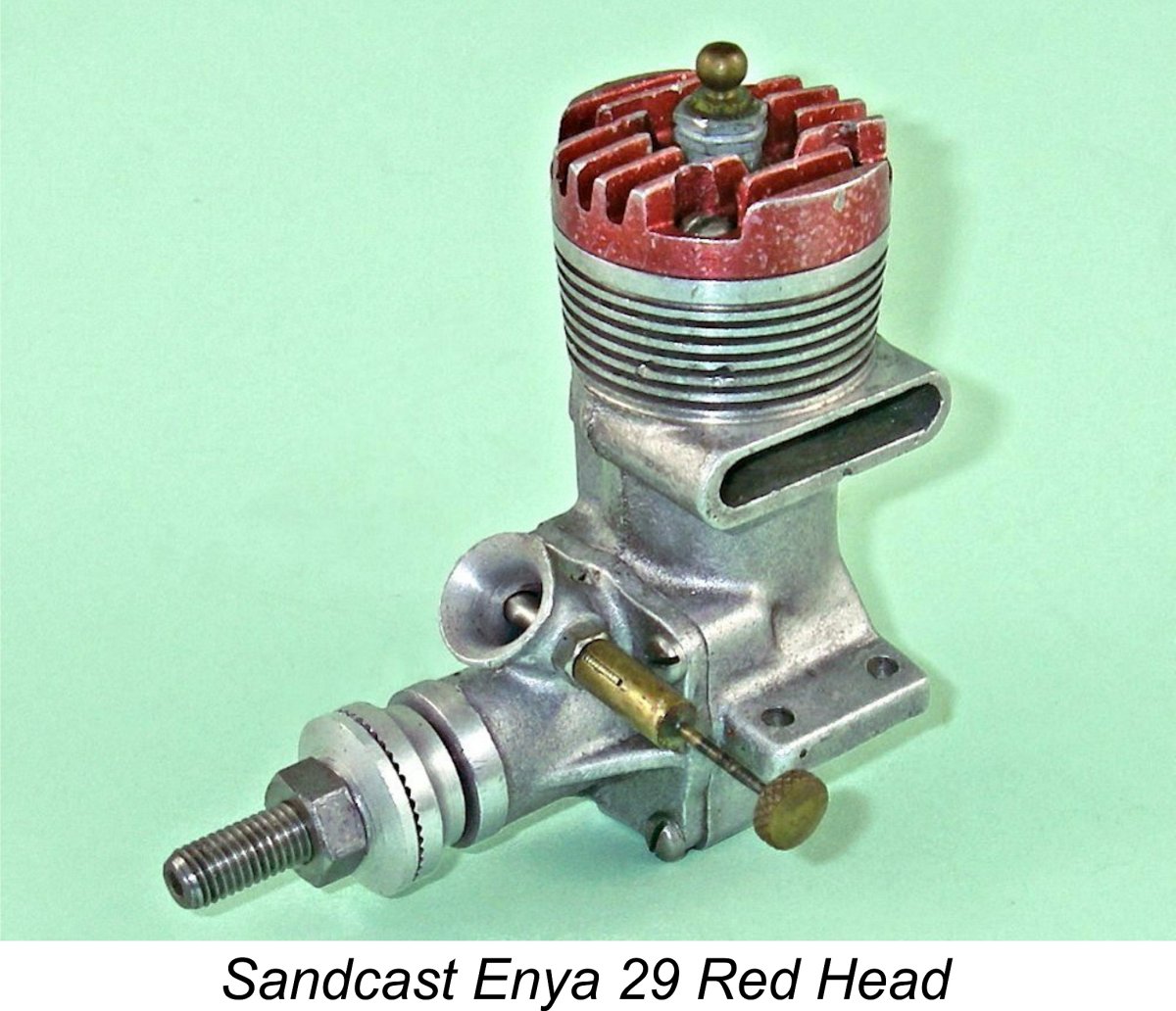
|
|
Last time, I reported that September saw a modest recovery in the level of interest in this site as reflected in the various statistics of which I keep track. I'm happy to report that things continued to take an upward turn in October.
As we would expect from the above figures, the visit/hit ratio for October (the proportion of hits which translated into visits) was 1.8%, a bit down from the September figure of 2.2%. Still a perfectly reasonable figure - one hit in 54 continued to result in an actual visit. Clearly the site still attracts its share of direct interest from among those who stumble across it! However, the number of visits only tells part of the story - the number of pages accessed is a more representative indicator of the level of interest in the material on this site. Here the news was really encouraging - the number of pages accessed in October rose dramatically from the September figure of 51,604 pages, almost doubling the earlier figure by reaching a total of 101,574 pages. Since this greatly increased figure resulted from only a modest increase in the number of visits, the average number of pages accessed per visit rose sharply to match, increasing to a remarkable 10.3 pages per visit. This represents a dramatic increase from the September figure of 5.2 pages per visit, indicating that those who did visit found plenty to interest them. Good news - thanks for being a part of that!  Now a note which has unfortunately had to continue to be a regular feature of these Editorials. This one is mostly for new readers - old hands can skip to the following sections. Now a note which has unfortunately had to continue to be a regular feature of these Editorials. This one is mostly for new readers - old hands can skip to the following sections. Despite my repeated admonitions not to do so, people are continuing to try to register on this website. The numbers have fallen, but it's still happening. As I've previously stated time and time again, this has absolutely no effect - it's simply an artefact left over from the generic platform's primary intended use as an on-line sales site. Since this is not a sales site, the registration feature is redundant and I make no use of it whatsoever.
So why is it still there?!? Well, before anyone else asks (and quite a few well-meaning souls already have!), I've thoroughly explored the possibility of removing or at least blocking this feature, but it can't be done without extensive (and very expensive) custom modification to the otherwise very useable generic platform which came as a ready-to-use over-the-counter package, thus keeping the costs and complexities manageable. So we're stuck with this feature. The bottom line therefore remains - please don't bother trying to register! Doing so accomplishes nothing apart from creating unnecessary cyber-clutter, which I definitely don't need!Along with the continued use of this website, the correspondence from my valued contacts around the world has continued to pour in unabated. During the past month I've received communications (in no particular order) from Maris Dislers, Pierre Alberola, Johnny Shannon, Bill Wells, José Manuel Rojo, Ken Croft, Miles Patience, Randy Ryan, Luis Petersen, Lars Gustafsson, Ingemar Larsson, Peter Valicek, Brian Vermaaten, Paul Venne, Mike Conner, Mike Noakes and Tim Dannels. Sincere apologies to anyone whom I may have inadvertently missed in the crowd - it can be hard to keep track! The blog site has also continued to justify its existence by generating a fair amount of relevant traffic - thanks for that.  I'm always delighted when a reader takes sufficient interest in my work to send me some new information out of the blue - that's the best expression of reader engagement that I can think of! In this case, it was Mike Noakes of Cornwall, England who sent me some much-appreciated images to complement articles already available on this site. Mike came across these images while trolling on eBay - often a useful source which I myself use quite frequently. I'm always delighted when a reader takes sufficient interest in my work to send me some new information out of the blue - that's the best expression of reader engagement that I can think of! In this case, it was Mike Noakes of Cornwall, England who sent me some much-appreciated images to complement articles already available on this site. Mike came across these images while trolling on eBay - often a useful source which I myself use quite frequently. The first of these images was a photo of E.D.'s custom-painted Ford van which the company acquired in the latter half of the 1940's to be used for a variety of business-related transportation needs. With its striking company identification, including a portrayal of an E.D. Mk. II diesel, it must have generated ouststanding publicity for the marque while being driven to and from model shops, model flying contests and trade shows at which it appeared! I've inserted this image into the appropriate location in my existing article on E.D. history.
The other image which Mike sent along was a real find - the only photo so far discovered of George Court (1899-1960), the designer of the pioneering FROG 175
 spark ignition motor and the subsequent FROG 100 diesel which was derived from the 175 sparker. As my article states, Court worked on a sales royalty basis rather than taking a salary from International Model Aircraft (IMA), makers of the FROG range. His full-time employment was with the Vickers company at their Crayford, Kent location. spark ignition motor and the subsequent FROG 100 diesel which was derived from the 175 sparker. As my article states, Court worked on a sales royalty basis rather than taking a salary from International Model Aircraft (IMA), makers of the FROG range. His full-time employment was with the Vickers company at their Crayford, Kent location. Mike has dug up an amazing amount of information on Court, who is definitely one of the unsung heroes of model engine development in Britain. Apart from throwing considerable light upon Court's family background, Mike was able to track down Court's 1960 estate probate documents, which showed that he had evidently done quite well out of his arrangement with IMA!
The photo shows a very cheery-looking George Court at the left with his club-mate Thomas H. "Tommy" Newell (winner of the Wakefield Cup in 1928) at the right. They are holding a large model powered by an unidentifiable spark ignition engine. The photo was apparently taken in the 1930's when Court was himself in his mid-thirties and was very active both as an aeromodeller and as a model engineer. I'd bet dollars to donuts that the engine in the model was one of his own making - the smile on his face has a certain proprietary character! I've added this image to my existing article on the early FROG engines in the appropriate location, along with a considerable amount of newly-available information about Court himself. Start beside the image of the Mills 1.3 near the top ................
Regular visitors to this website will recall my recent acquisition of a lovely example of an Allouchéry 5 cc racing glow-plug engine constructed by the noted Allouchéry workshop in Vincennes, France. This beautifully-made engine appears on page 27 of Adrien Maeght's outstanding book ”Les Moteurs Modelés réduits Francais” (French Model Engines). The date of the engine's production is given in that entry as 1966.
Between them, these three good friends pointed me towards some invaluable sources of information on the Allouchéry venture. It now appears that the Allouchéry 5 cc racing engine was indeed released in very small numbers in 1966 - Maeght's date is correct. However, the engine's design, and possibly the initial stages of its construction, almost certainly had their origins in the early 1950's. The project was evidently abandoned at that time after some progress had been made and was not re-activated until 1966, when a few examples were apparently assembled, most likely from components already on hand from the early 1950's. This was almost certainly a case of using up existing components with the idea that the small number of examples of the engine which could be completed in this way would readily find buyers among those interested in the nostalgia side of aeromodelling.
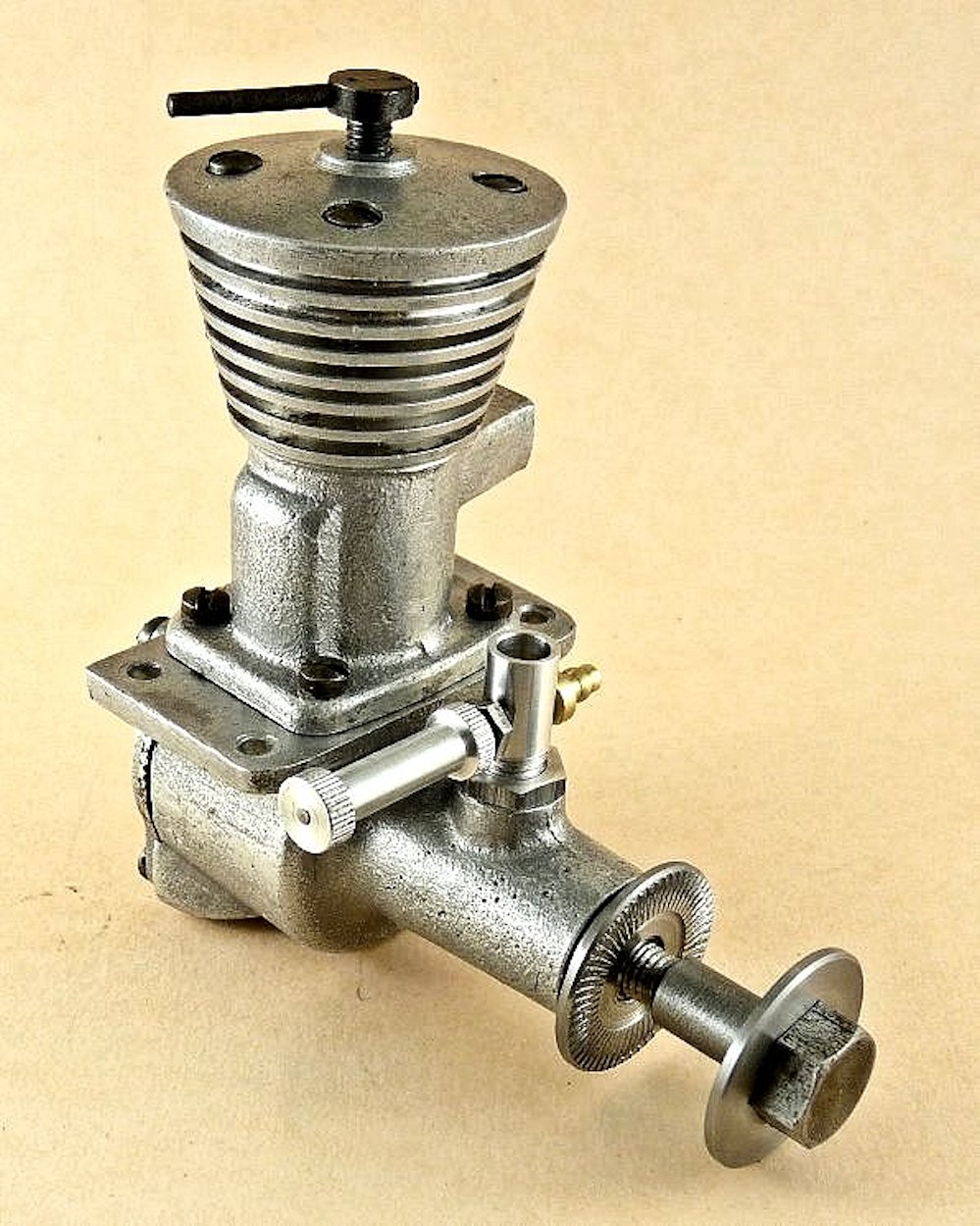 Thanks to the assistance of the individuals acknowledged above, I'm now in a position to set this seemingly very rare engine in context by presenting a historical summary of the Allouchéry venture. I'll also be documenting a detailed review and test of the engine itself, which I believe will support my hypothesis regarding its origins. Watch for this article to appear in a future issue! Thanks to the assistance of the individuals acknowledged above, I'm now in a position to set this seemingly very rare engine in context by presenting a historical summary of the Allouchéry venture. I'll also be documenting a detailed review and test of the engine itself, which I believe will support my hypothesis regarding its origins. Watch for this article to appear in a future issue!In addition to helping me with the Allouchéry problem, Maris Dislers also sent along the attached image of his latest restoration project. This is a very rare Australian-made Burford GB2 engine made circa 1948 by the legendary Aussie manufacturer Gordon Burford, later of Taipan fame. One look will tell you that this engine was very much based on the Mk. I Drone diesel from America.
Maris tells me that the engine is back in top nick following a rebore and the fitting of replica venturi, needle valve assembly and prop driver/washer components. The engine is apparently easy to start and runs well. It was offered in both fixed and variable compression versions. Maris reports that fixed compression works, but variable compression is so much nicer to use. He's sent an article to Tim Dannels covering the Aussie Drone-Type diesels from the 1940's. This will doubtless appear in Tim's wonderful "Engine Collector's Journal" (ECJ) in a month or two - watch for it!
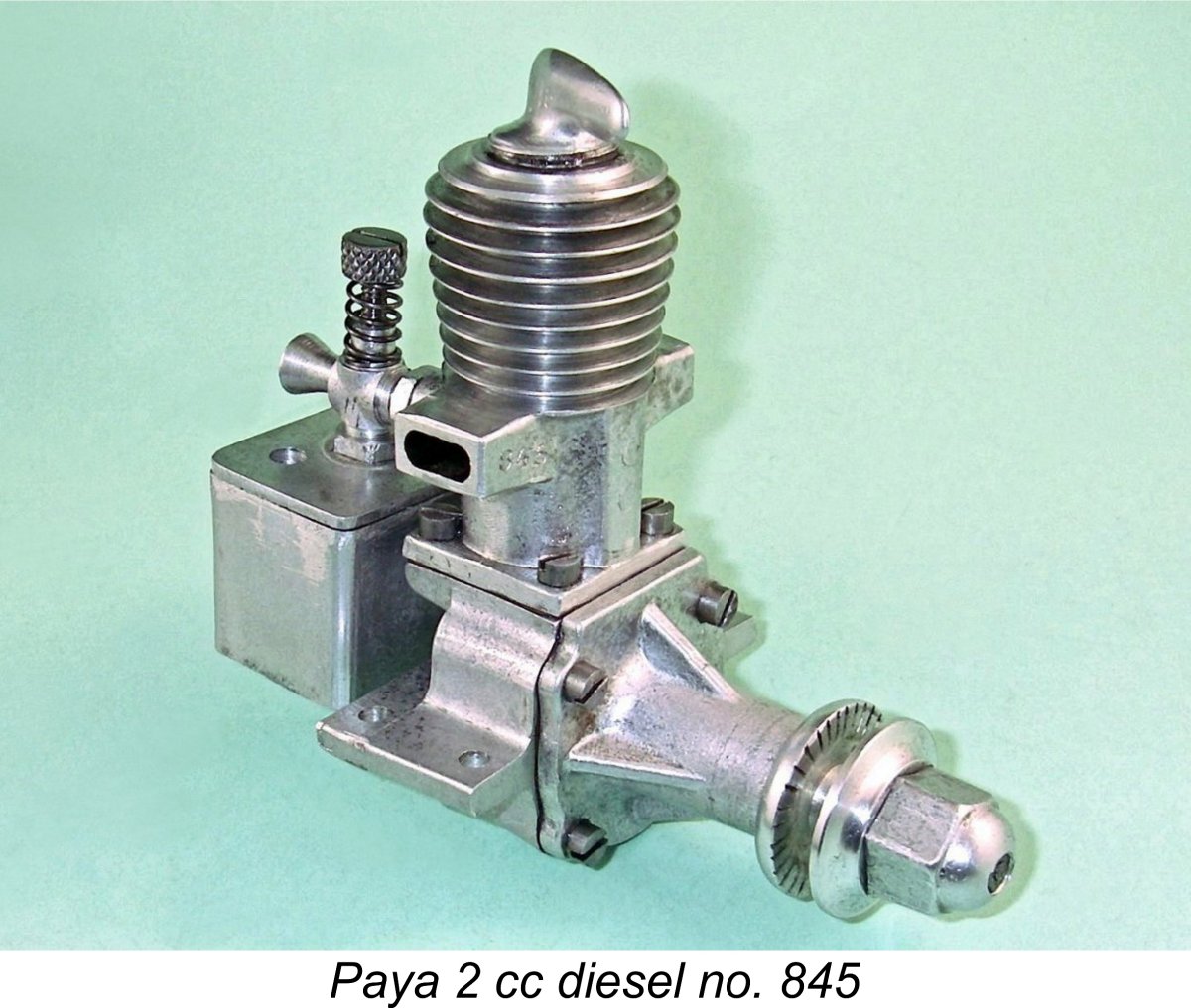 For this month's edition, I'm able to draw your attention to another significant update of an existing article on this website. This comes courtesy of José Manuel Rojo, who passed along a copy of the original Spanish Patent taken out in 1948 by the three designers of the Payá 2 cc diesel from Galicia. The discovery of this Patent, which may be perused here, has confirmed that the ICA designation under which the engine was originally released did not represent the initials of the three designers, as had been previously suspected. The origin of those letters therefore remains a complete mystery. However, at least we now know that it remains a mystery and hence a subject for further research! For this month's edition, I'm able to draw your attention to another significant update of an existing article on this website. This comes courtesy of José Manuel Rojo, who passed along a copy of the original Spanish Patent taken out in 1948 by the three designers of the Payá 2 cc diesel from Galicia. The discovery of this Patent, which may be perused here, has confirmed that the ICA designation under which the engine was originally released did not represent the initials of the three designers, as had been previously suspected. The origin of those letters therefore remains a complete mystery. However, at least we now know that it remains a mystery and hence a subject for further research! That aside, the Patent sheds considerable light upon the circumstances under which the Payá was designed and originally constructed, including far greater clarity regarding the relevant dates and the issue of originality. I've inserted a significant amendment to the discussion in the Corporate Histories section near the start of the article. I've also amended the text in a few other places to reflect this new information.
Appropriately enough, this month's featured engine article sees us stay in sunny Spain to have a good look at the range of well-made
 model diesels from Barcelona which were designed by Don Fernando Batlló and marketed under the Byra brand-name between 1950 and 1957. The article includes a full test of the 2.5 cc Byra blackhead Competition model of 1954. model diesels from Barcelona which were designed by Don Fernando Batlló and marketed under the Byra brand-name between 1950 and 1957. The article includes a full test of the 2.5 cc Byra blackhead Competition model of 1954. These engines stand as a testament to the ability of a multi-talented individual who was a very successful businessman, control line competitor and motorcycle engineer as well as a designer and manufacturer of high-quality model engines. It's a fascinating story which I'm sure you'll enjoy! There's also a bonus article once more - this time contibuted by my good mate Ken Croft. Ken has shared a few magic memories from his nostalgia database, one of which is a fine tribute to one of my personal heroes, the late great Bill Wisniewski of the USA. I think you'll enjoy it as much as I did - well worth sharing!! For next month's December edition, we'll return to America to have a look at one of the more infamous model engines ever to appear in that country - the . There's actually a bright side to this story, just as there was with the Deezil. Contrary to the G.H.Q.'s sorry reputation, the early examples made during the engine's introductory year of 1936 were considerably better-made than their later successors going up past the end of WW2. In fact, a good proportion of them actually ran, as witness the video of my own example in action which may be found here. So this was another case of a basically sound albeit somewhat rudimentary design being trashed down to a price by its rather unscrupulous promoters. Next month's article will reveal all, including an actual bench test of my own operable example. Next month's issue being the December offering, I felt that it would be only right to follow my usual practise of including a "Christmas Bonus" The scope of this project is such that it necessarily has to be tackled in "chewable chunks" rather than all at once. Next month's first segment will cover the origins of the marque and carry the story up to 1953, when the range really began its major expansion into the world-class operation that it was to become. Other chapters dealing with specific displacement categories will follow in due course. Meanwhile, next month's bonus article will hopefully whet your appetite for more! I think that's it for now. I'll be back to you with another issue on or about December 1st, 2019. Meanwhile, my best wishes for continued enjoyment of our shared addiction! Look after that flicking finger, and may the heady aroma of diesel fumes, sparkie smoke or burning nitro assault your nostrils frequently! Cheers, Adrian Duncan Coquitlam, British Columbia, Canada ___________________________________ Note regarding material to be found on this site - unless specifically otherwise noted, all images and text which appear on this site are my own work, and I hereby assert my right to be recognized as the originator of this material. For the record, this material is made freely available to all upon two firm conditions:
Adrian C. Duncan Coquitlam, British Columbia, Canada
|
| |
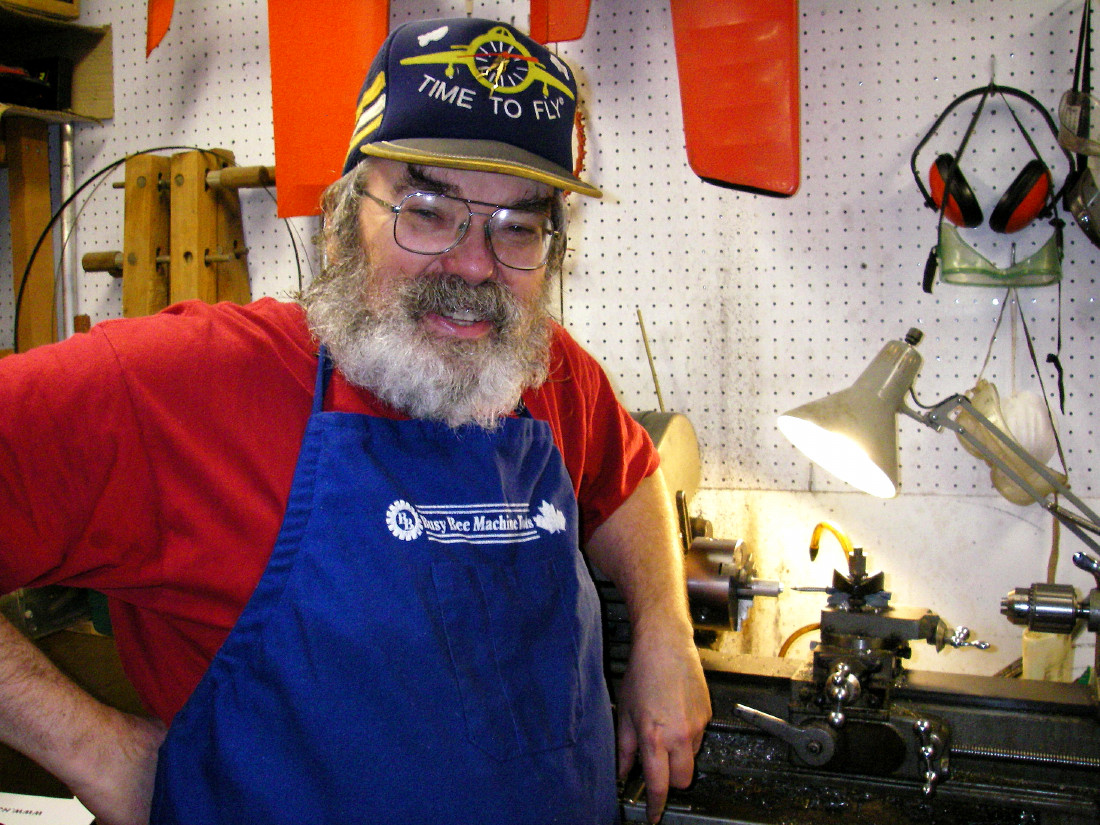
 Of course, hits are one thing - actual visits are quite another, since they reflect the level of interest aroused among those who happen to hit upon the site. The October total of 9,947 visits more or less matched the September total of 9,900 visits. Although hardly a significant increase, things nonetheless kept moving in the right direction. At least the same number of individuals appear to retain an interest in the site!
Of course, hits are one thing - actual visits are quite another, since they reflect the level of interest aroused among those who happen to hit upon the site. The October total of 9,947 visits more or less matched the September total of 9,900 visits. Although hardly a significant increase, things nonetheless kept moving in the right direction. At least the same number of individuals appear to retain an interest in the site! 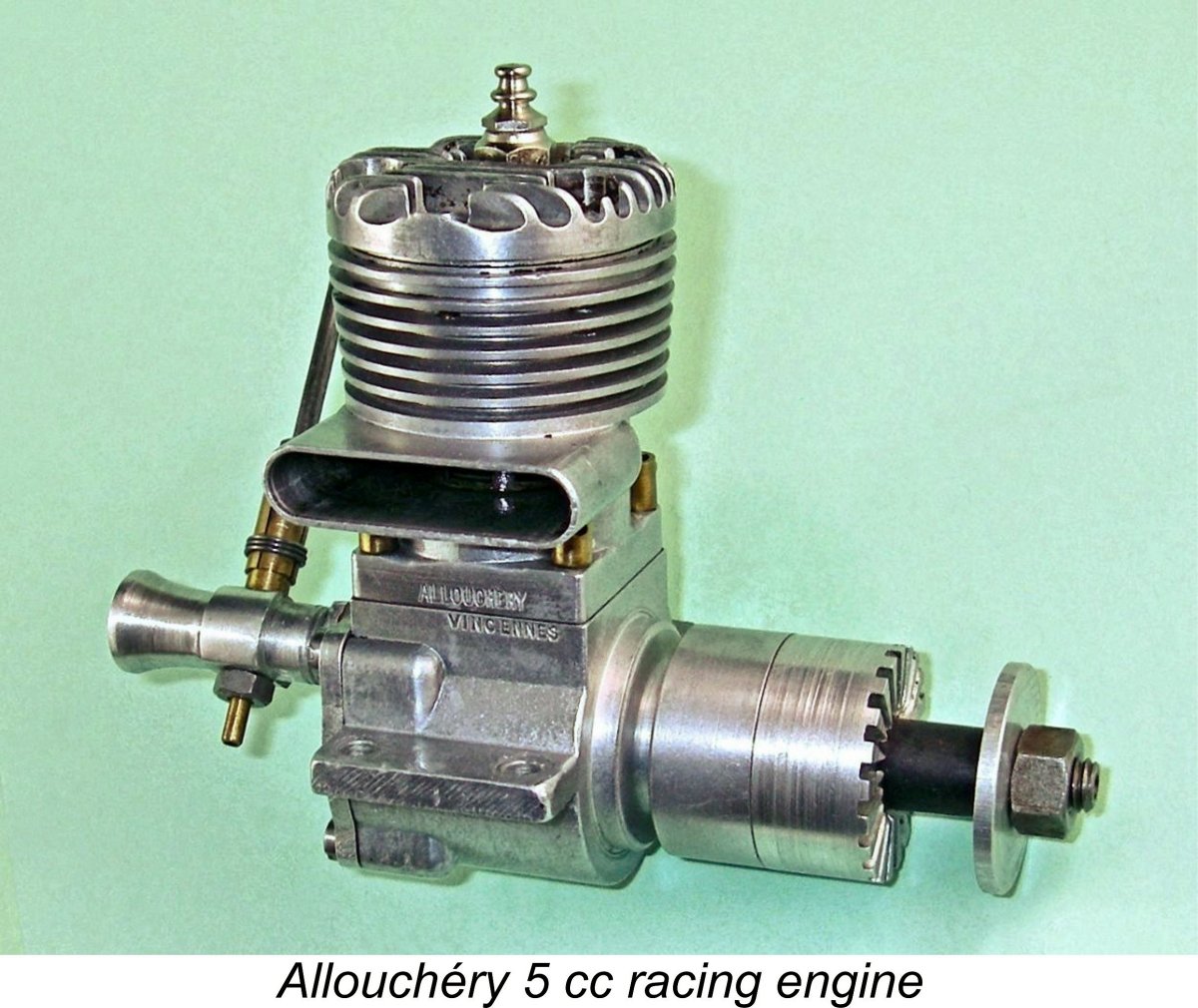 However, look at it as I might, I simply could not reconcile the design of this engine with a 1966 date! In every respect, its construction clearly reflects the state of model racing engine design as of the late 1940's or early 1950's rather than 1966. If I had to pick a racing engine which most closely suggests the layout of this unit, I'd definitely choose the American
However, look at it as I might, I simply could not reconcile the design of this engine with a 1966 date! In every respect, its construction clearly reflects the state of model racing engine design as of the late 1940's or early 1950's rather than 1966. If I had to pick a racing engine which most closely suggests the layout of this unit, I'd definitely choose the American 